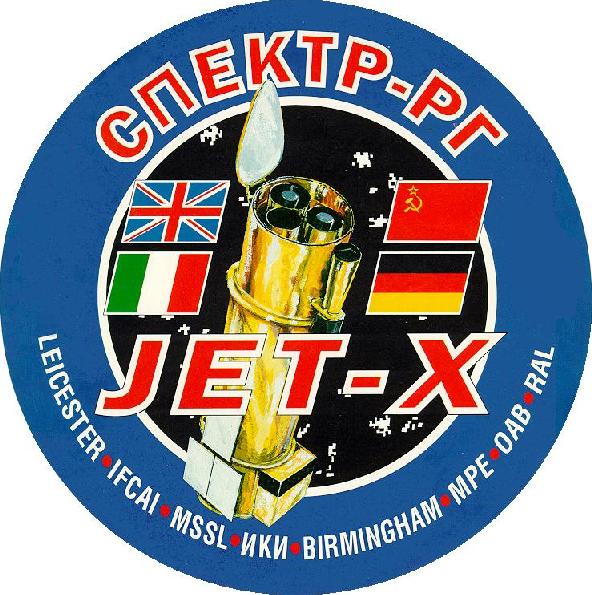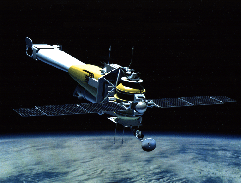

 |
 |
Jet-X at MSSL |
 |
TAUVEX |
TAUVEX (Tel Aviv UV Experiment - see the TAUVEX Homepage) consists of a three-telescope array mounted on a single bezel and enclosed in a common envelope. Each telescope is a reflecting Ritchey-Chretien design, with field-flattener corrector lenses. The clear aperture of each telescope is 20 cm.
The systems are designed for imaging the same 0.9 degree field in the space-UV spectral band from 140 nm to 300 nm. Therefore the corrector optics are manufactured from high quality CaF2, as well as the filter substrates and detector windows. The CaF2 elements are kept at a temperature high enough to eliminate the Lyman alpha line at zero redshift. The image quality is 6-8 arcsec (FWHM), depending on the spectral band of observation.
Each telescope is equipped with an internal light source that is capable of illuminating the cathode of each detector through any of the filters and with the experiment cover closed. This option is named "the BIT (built-in-test) lamp".
The filter complement consists of a broad-band filter (BBF), which provides a blue cutoff for wavelengths shorter than 200 nm, three intermediate band filters (SF-1, SF-2 and SF-3) with central wavelengths near 160, 210 and 260 nm respectively, and bandpasses of about 40 nm, and two narrow band filters centered at 150 and 210 nm, with bandpasses of about 10 nm.
The detectors are photon-counting imaging devices, made of a CsTe cathode on the inner surface of the entrance window, a stack of three multi-channel plates (MCP), and a multi-electrode anode of the wedge-and-strip type. The photons detected by the instrument are treated by an electronic chain that calculates their arrival positions on the anode plate. A process of internal tracking compensates the calculated position for platform drift (but not jitter) and keeps the quality of images within the nominal 10 arcsec FWHM, which corresponds to three pixels on the anode surface.
Images are constructed for typical integration times of one hour in a solid state buffer memory. At the completion of the observation the three images and the fast photometry streams (see below) are stored onto hard disks, together with the engineering data pertaining to the session and the communication log of TAUVEX. These data comprise the 160MByte of telemetry allowed for in the downlink budget.
Instrument performance
TAUVEX will be able to detect point sources with monochromatic UV magnitude of 21 in the BBF in a typical one-hour observing session. The limiting magnitude for other bands ranges from 20 to 18, depending on the filter bandpass.
The performance of TAUVEX is reduced with the Sun in the forward position, because of scattered light within the instrument. The worst-case degradation is the reduction of the limiting brightness by one or two magnitudes.
The fast photometry mode allows measurement of the UV brightness of up to two sources in one band for times from 10 msec and longer.
Within the SRG program, TAUVEX has no right for target assignment but observes whenever any of the prime science instruments is observing.
TAUVEX is constructed for Tel Aviv University and the Israel Space Agency by El-Op,Electro-Optical Industries, Ltd., of Rehovoth, Israel.
Taken from the MOR version 1.9
Back to the SRG Instruments page
Astrophysics
group Homepage
MSSL Homepage